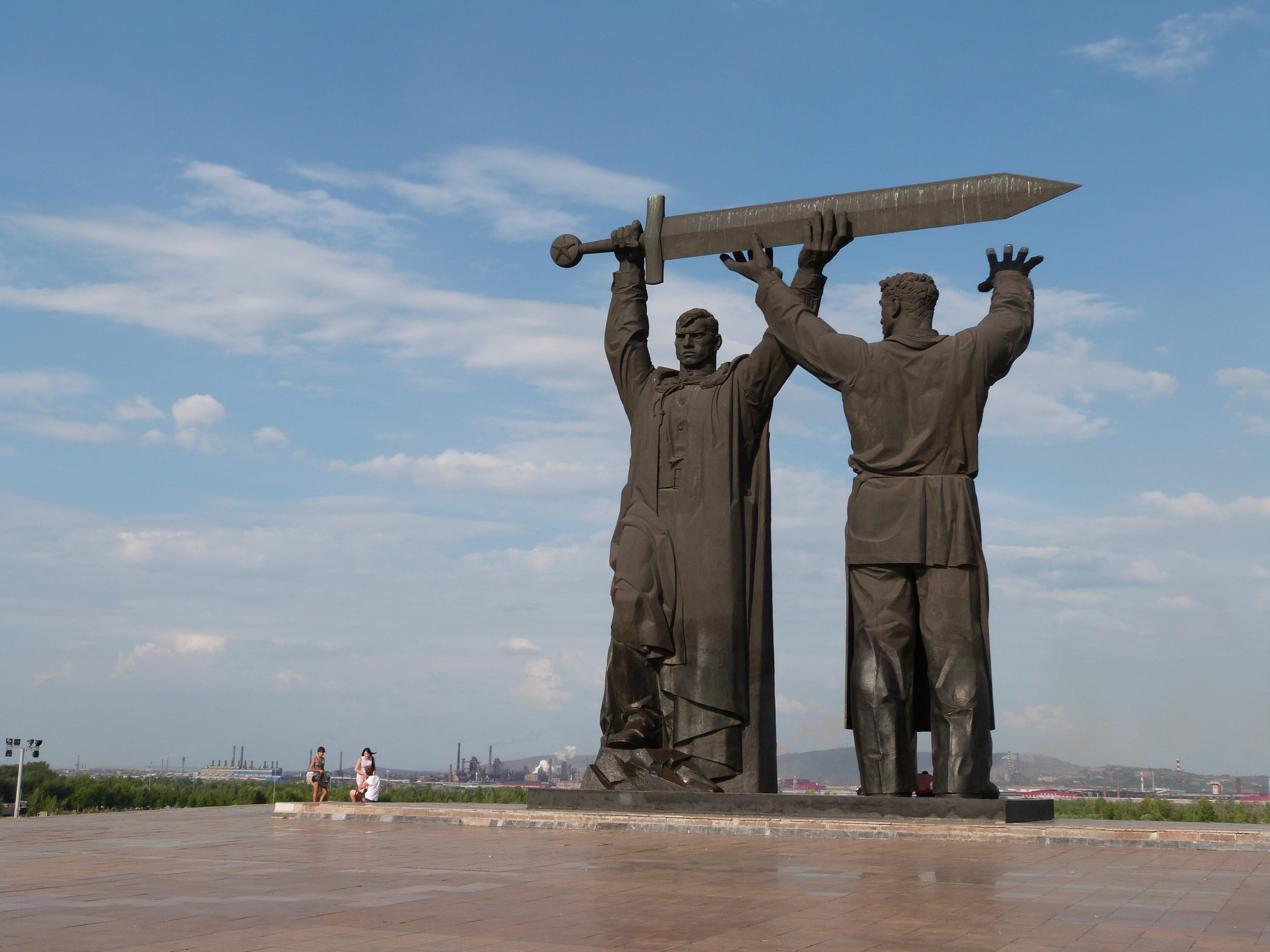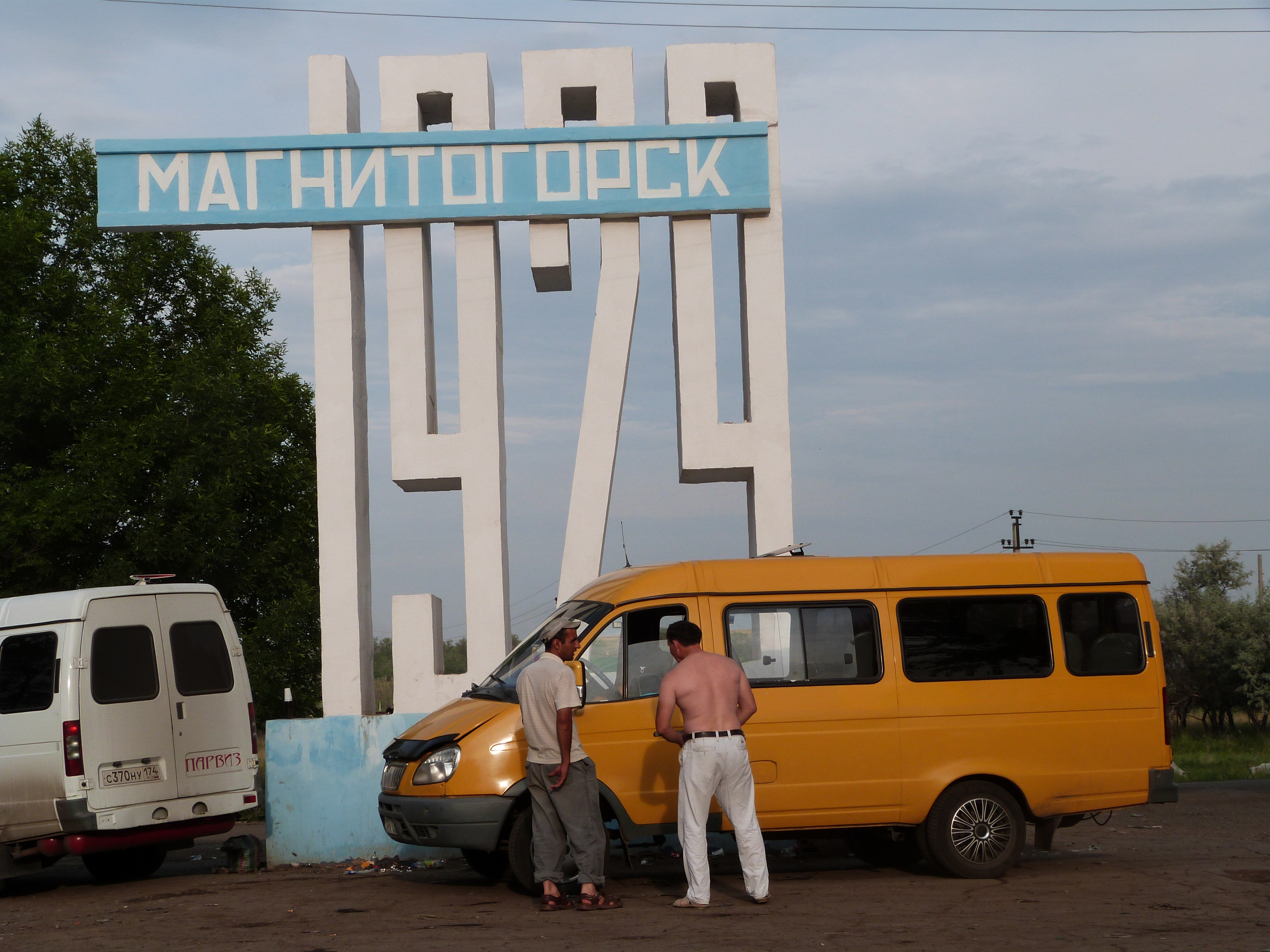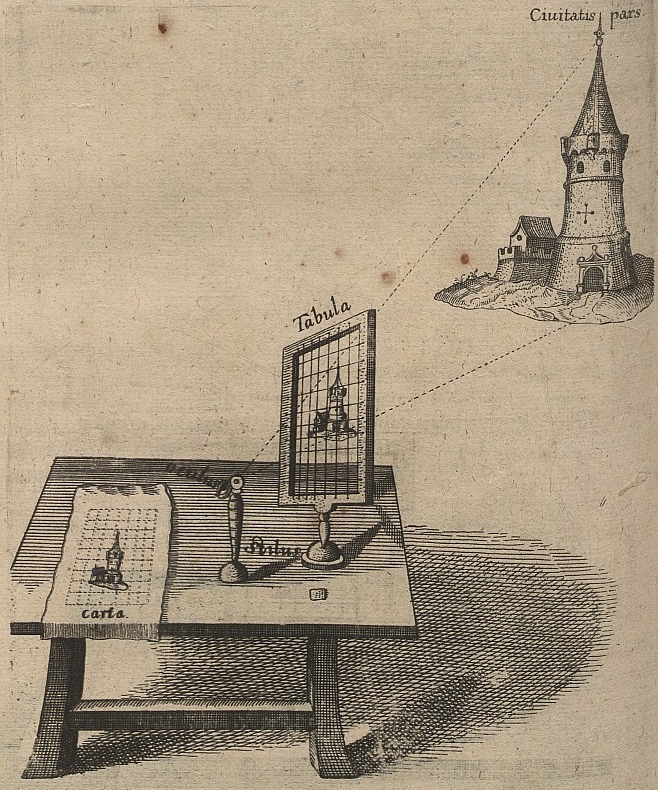In 1974 the philosopher Thomas Nagel asked: ‘What is it like to be a bat?’
In 2013 I set out across Mexico to direct a BBC film crew following the thousand-mile migration of a small and unusual animal, the lesser long-nosed bat. After co-existing with these and many other species of bats, tracking them into their deepest sanctuaries, and living with the men and women who study them, I still have no idea what it is like to be a bat. But I do know about the world beneath them.
Guano is the excrement of bats and birds. Rich in nitrogen and phosphates, it is useful for growing things, or blowing things up. Nations once vied for its trade and ownership. Reincarnated guano propelled shells and shattered earth. Spain fought Peru and Chile for it in the Guano War of 1865. The United States’ first foray into colonialism came with the Guano Islands Act. To this day, if you are American, federal law allows you to claim an unclaimed island for the USA if it contains guano.
Bats are very clean animals. They groom themselves and each other fastidiously. Most have little scent to us, while some even smell pleasantly of the fruits they eat. It is beneath them that the horrors begin.
The lesser long-nosed bats' migration took us through some of the most diverse and spectacular bat caves in the Americas. These are my experiences of living in guano.
*
RIVERS OF GUANO
In the area of Juxtahluaca there is a mountain, underneath which lies a network of caves. Thousands of years ago humans sought shelter deep within them. Their trepanned skulls and femurs litter the floors, grown over with young stalagmites. Paintings of their jaguar and snake gods stand watch over empty grottoes where the oxygen has run low, five kilometres into the mountain. It is quiet, apart from the dripping. But approaching a certain part of the cave complex, the temperature starts to rise and bats start to flit about. The humidity increases steadily to almost 100%, as you approach the Chamber of Hell. Named on account of the 40°C plus heat that the bats generate and which remains trapped in the cave, it could equally refer to the marsh of bat dung through which we ploughed.
In the Chamber of Hell there are more than a dozen species of bat – vampires roost alongside tiny insect catchers and bats that sip nectar like hummingbirds – and their faeces accumulate. The combined gloop that they produce has lain undisturbed for tens, perhaps hundreds of thousands of years in this cave, a gut history of past animal lives. In some parts, where rivulets penetrate the rock, the crap turns liquid and knee-high. Within this, if you pause to look more closely, you can see life flourishing. Worms and grubs swarm over the corpses of cockroaches and fallen bats. The surface gently boils. I spent my 30th birthday in this cave. At one stage, climbing down a high slope of pure shit, illuminated in the dim red light of our head torches, my producer Peter started slipping through the mire, accelerating towards a fearsome drop. Somehow he clung through the faeces to a rock and avoided the edge. The guano texture here was like expensive hot chocolate. The smell was bearable, but after five days working there, it was good to leave.
*
TOXIC MAYAN GUANO
In the ruins of the 7th-century Mayan city of Palenque we'd been given permission to spend the nights among the obelisks, sacrificial altars and temples. After sunset, the white stones glowed against the forest and we started exploring some of the deeper chambers, where the scientist we were filming, Professor Rodrigo Medellin, hoped to find some bats. The Mayans worshipped a homicidal bat god called Camasotz (literally 'death-bat') and named their darkest month after the animal. Through a series of arched rooms we came into a dome neatly cut from interlocking pieces of rock, still firm after 13 centuries. Bats flit-zipped past us, and Rodrigo caught a few in his hand-net. It was very peaceful and there was little guano. But there were some small white fuzzy patches on the floor here and there. Rodrigo, a man not prone to alarm (his idea of a joke was to prod army ants into my arm to show how their jaws cannot unlock) was surprised to see these and quickly beckoned for us to don our masks, which we hadn't thought we'd need. The fluff was a particularly horrendous lung-infecting fungus called histoplasmosis, which thrives on the guano of insect-eating bats. From this point onwards we'd wear the masks in every cave we penetrated, sucking air hard through the soggy fabric, our gasps amplified. Later we wandered the temples in the night. Trees were growing through the pyramids, their roots churning the stones. The seeds are dropped by bats, who act as nature's vanguard in the tropics. Their guano contains the embryos of the hardwood trees which germinate amid the altars, reclaiming the city that briefly flourished among them.
*
A GUANO VOLCANO
In the rainforest near the ruined city of Calakmul there is a sinkhole, 300 feet wide and 200 feet deep, where the ground beneath the surface has hollowed out and collapsed, leaving a maw in the jungle. We abseiled into it, then pulled our kit after us on ropes suspended above the fallen boulders and trees. At the bottom of the pit was a large horizontal crack which penetrated deeper underground. Waiting inside this, we knew, were some two to three million Mexican free-tailed bats, charming creatures with faces like pugs. They eat insects. Every night, the bats in Calakmul consume some 20 tonnes of bugs, many of which would otherwise ruin local crops. I don't know how long the colony has lived in the sinkhole. The smell from within was pure ammonia: so strong it stung our eyes some distance away. We decided not to go in.
As the sun set, a few bats started to emerge, and as the shadow of the sun crept up the wall of sinkhole, thousands of them streamed out. They formed a living tornado around and above us, hundreds of thousands of bats in a vortex the height of a block of flats. The smell of their guano vanished in the cool wind of their combined wings, so strong that the branches of trees swayed, their leaves rustling. All mosquitoes were done for. Birds of prey – jays, owls, falcons – crashed into the vortex, carrying off struggling bats, but for an hour, into the night, the swarm continued to emerge. Unbothered by humans, they'd often land on us, crawl up our bodies, and take flight from the tops of our heads. Guano fell from high above, bouncing off us like light hail, but we didn't care. I loved the bat volcano. We climbed out and left, grinning like huge, hairy, dirty children.
*
FLOWER GUANO WITH ADDED SNAKES
In the forest of Kantemó on the Yucatan Peninsula, where the rock that killed the dinosaurs (and most other things) landed, we crawled into a beautiful cave, swallows flitting around us. The rock here was limestone; over time water had percolated through, dissolving much of it, leaving a Swiss cheese. A hundred yards in was a pool of water, where no light penetrated. In this water live blind shrimp, blind fish and a blind eel, all ghost-like and translucent. There is a fragile, diverse ecosystem in these caves, nourished by the guano dropped by the bats as they fly in and out. It is this guano, compacted into strata over thousands of years, that silts up in the gaps in the Swiss cheese, leaving four-foot-high passages that we stumbled and crawled through, avoiding holes that suddenly appeared. The temperature was brutal and the guano floor very dusty. We turned rust orange with the disturbed faeces coating our skin, hair and equipment.
Despite this, the cave was extremely calm, and as we set up our cameras Rodrigo declared that he could sleep in a cave like this. The bats flitting past made sounds like gentle clapping. The cave is called the Cave of the Serpents, because scores of rat snakes, which live in the maze of holes, have learnt to come out and hang from the ceilings, jaws open to catch bats as they pass through. They would have been disturbed by our lights, so we lay down in the soft dust and turned off our head torches. Only our cameraman, George, could see by his infra-red camera the snakes starting to emerge and hang from the rock all around us. For some hours he gently repeated the phrase ‘Oh dear god’. We filmed a snake catch a bat and swallow it, dislocating its jaw and forcing its own head into two split halves to accommodate the asphyxiating bat. Some of the bats in this cave must have fed on flowers as their guano seemed packed with pollen. Bats pollinate many plants that we depend on. The bats that we were following nuzzle the flowers of the agaves, from which tequila is made. Afterwards in Mexico City a honey seller gave me some pollen to eat. I retched uncontrollably at the association.
*
VAMPIRE GUANO
In the lush cowboy country of central Eastern Mexico, the arrival of Europeans, and their cattle and horses in particular, proved a bonanza for the vampire bats. Populations exploded, and they can now be found almost anywhere. The cave of the vampires that Rodrigo led George and me into was small and shallow, moist, very humid, and full of the lung-infecting fungus. In a far corner lived the vampires, two species out of the three in the world. In their lair they are very cautious, so we positioned our infrared lights and lay down in the guano, which was like a cassoulet. Eating only blood, the vampire bats excrete a substance that is rich and dark red, and extremely oily. In the rotting blood things moved and squirmed, penetrating our clothes and skin. The vampires emerged, crawling on their wings like tiny hyaenas, craning their faces towards us, shivering their heads as they echolocated our outlines. We often lost track of where they were. But despite their creepiness, the vampires are highly intelligent, social and caring bats. They share blood with friends if they haven't fed, and nurture each other's young. They remember individuals and form lasting relationships. Their teeth are so sharp they cut straight through one researcher’s gloves, perfectly slicing the skin underneath so that it wouldn't stop bleeding for more than a day.
*
SEXY GUANO
The final cave we visited was the one we looked forward to most. It was on an uninhabited island in the Pacific, near beaches prized for their beautiful sands and hatching sea turtles. The cave at the centre of this island, safe from most predators, was chosen by the bats we were following, the lesser-long nosed bats, as a haven in which they could gather in great numbers to mate. In a tiny crevice in the cave, more than 50,000 of these endangered bats had come together. And despite the sea washing out the cave floor, the smell in the deepest parts was the worst we'd encountered. We were prepared for this with special full-face gas masks, more serious than the flimsy ones we used in other caves. But they were uncomfortable, and misted up. Wearing only thin trainers, in which we'd waded ashore, the oozy crap would squeeze into our shoes. In Ian Fleming's Dr. No, the eponymous baddie is killed when James Bond buries him alive in guano.
The Bristol Stool Scale handily lists a number of types of human faecal consistency, for the diagnostic use of physicians. Number 1 is 'separate hard lumps, like nuts'. Tiny bat versions fell constantly. Our bare shoulders were quickly covered in specks, but it was the tiny biting flies I found difficult. Above us the bats were mating. Their seduction technique is to cover their own backs with faeces, semen, saliva and urine and let this ferment in an oily spot. The smell from this is so attractive to the females that they bury their heads in it, and go into a trance, which the males use as an opportunity to mate with them. They mate just once a year. We spent a week filming beneath this orgy. We took shifts, and washed in the sea regularly. Outside, our boatman dug oysters from the rocks, which we feasted on before returning to the sex cave. The walls look like rock, until you touch them. Then they scuttle away in glistening waves of pure cockroach. Every surface was covered. Rodrigo has spent his life in caves, but still cannot stand cockroaches. Hushed Mexican swearing echoed through the mating chamber.
*
DEEP GUANO
Over a quarter of a year we drove, rafted and trudged thousands of miles, from the jungles of the Guatemalan border to the Sonoran desert. I might never have to go into a guano-filled cave again. This is a conflicting thought, because they are both beautiful and horrendous places.
Guano doesn't just fall in caves – in their hidden billions, bats traverse our skies each night, incontinent across every continent. Their dung contains the bodies of pests that haven't plagued us and the pollen of the plants we need whose lives they have sustained. It's thought that if the bats went, our civilisation would shortly follow. And if we go first, their guano will plant the seeds of forests to rip apart our ruins.
*








